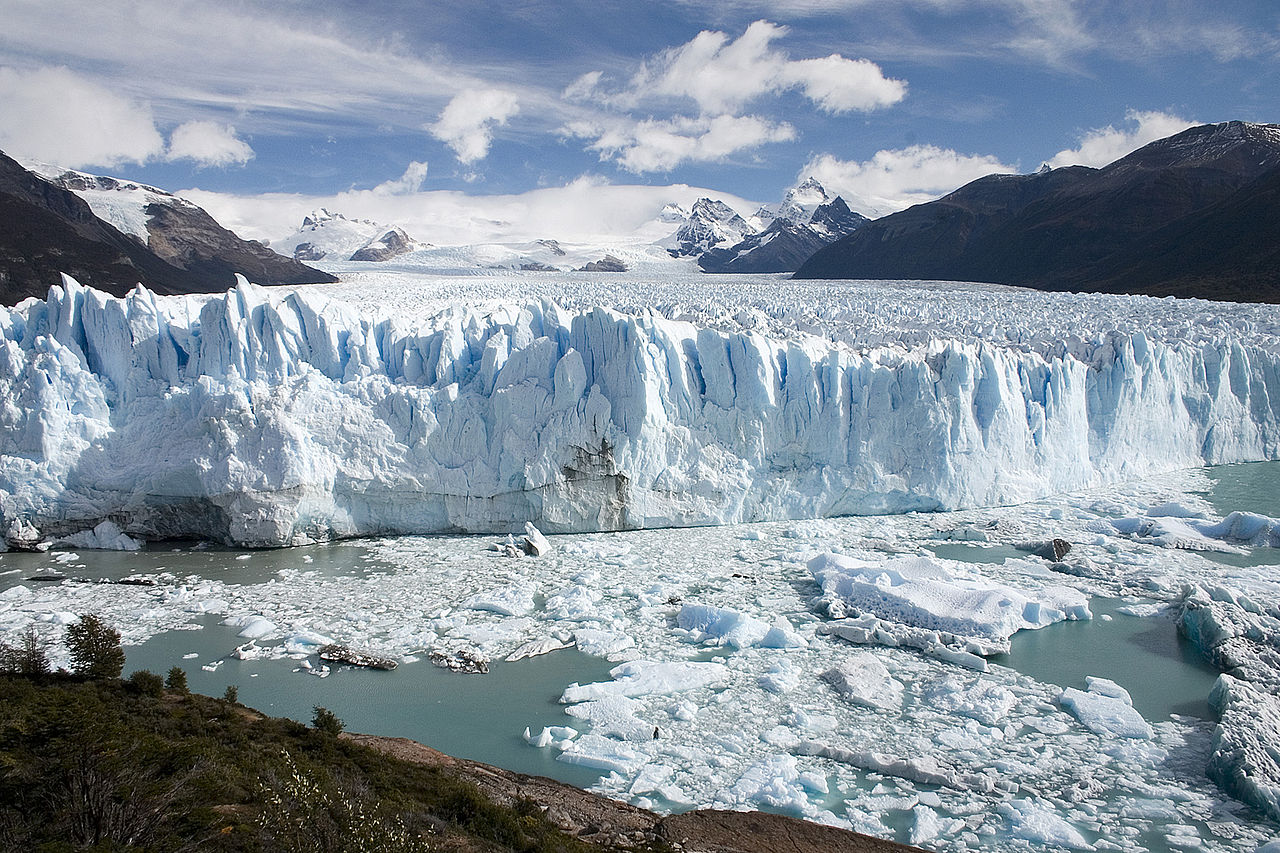Views expressed in opinion columns are the author’s own.
When individuals make decisions, they often look at what option gives them the best payoff. Policymakers also look at the direct impacts of policies and the intended beneficiaries. However, that often means neglecting the unforeseen consequences of such policies.
There is a famous mathematical construct called “chaos theory,” which tries to explain complex, often seemingly random patterns in the world. Part of the theory says that a small initial action could have larger consequences later. This is best known as the butterfly effect, referencing the possibility of a butterfly flapping its wing on one side of the earth causing a hurricane on the other.
[Read more: Documentary screening shows UMD students the effects of climate change on Alaskan village]
Looking at decisions through this lens and actively studying long-term impacts can help us anticipate both the obvious and otherwise unforeseen consequences of policies. While it may seem counterintuitive that chaos theory would help us make better decisions and build comprehensive policies, it’s not difficult to find real-life examples of how understanding the theory can help us solve big problems.
One prime example is climate change, which has many obvious consequences: natural disasters and floods, extreme weather and drought. But most people would not realize how climate change exacerbates conflicts around the world. Some experts have predicted an increase in violent conflict around the world because of climate change. Whether it’s a longer drought, lower crop productivity or a natural disaster devastating the local economy, climate change can have a serious impact on the onset and severity of a conflict.
It would be an oversimplification to think climate change is the only cause, or even a primary cause of conflict — as some might claim to be the case in Syria. Yet many political and economic issues intersect with climate change. For example, if there is a drought in one area, the natives will move to a non-stricken area, causing an influx of migrants of a different ethnic background than their new home.
Without advanced planning, such a dynamic would be ripe for conflict. Even U.S. Agency for International Development has contingency plans for how climate change can disrupt peacebuilding efforts. This a good example of how analyzing the problem through a lens of chaos theory can help us see the whole issue and all of its effects.
We can also use chaos theory to explore policy solutions to climate change. There are the obvious options, such as divestment and subsidies. The University of Maryland has already divested from fossil fuels, and the state of Maryland banned the practice of fracking. These policy solutions are the obvious ones, but once again, it is important to be aware of chaos theory in determining their effect.
[Read more: Fossil fuel divestment will only hurt us]
Policies aimed at tackling climate change could dramatically increase the price of energy and further the movement of business and industry to developing countries. Furthermore, applying strict climate standards to the entire world will disadvantage growing economies that rely on cheap energy, helping perpetuate global inequality.
These are just a few of the consequences of such policies. After actively studying those unintended consequences, we can alter the policies as needed. We can moderate them and create more sensical guidelines like taxes on gas and oil to fund clean energy subsidies.
This practice can be used on the national scale and on the individual scale. But the next time we make a decision, let’s think about all the different impacts of that decision. In this way, we can make more sensitive and thoughtful policies rather than rash and easy ones with poor consequences for others.
Moshe Klein is a senior government and politics major. He can be reached at mosheylklein@gmail.com.



